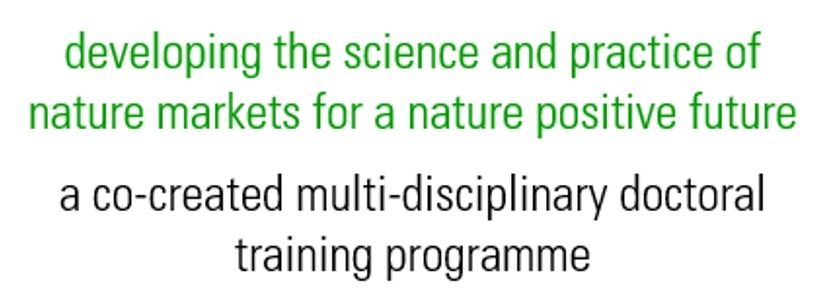Amber Cowans (she/her)
@ambercowans.bsky.social
160 followers
280 following
10 posts
PhD researcher at University of St Andrews 🏴 Using remote sensing and AI to study the effects of human recreation on ecological communities 🦊🦡🪶🐦⬛
(recreation ecology, statistical ecology, human-wildlife interaction, bioacoustics, camera traps, AI)
Posts
Media
Videos
Starter Packs
Reposted by Amber Cowans (she/her)
Reposted by Amber Cowans (she/her)
Reposted by Amber Cowans (she/her)
Reposted by Amber Cowans (she/her)
Reposted by Amber Cowans (she/her)
Reposted by Amber Cowans (she/her)
Reposted by Amber Cowans (she/her)
Reposted by Amber Cowans (she/her)














